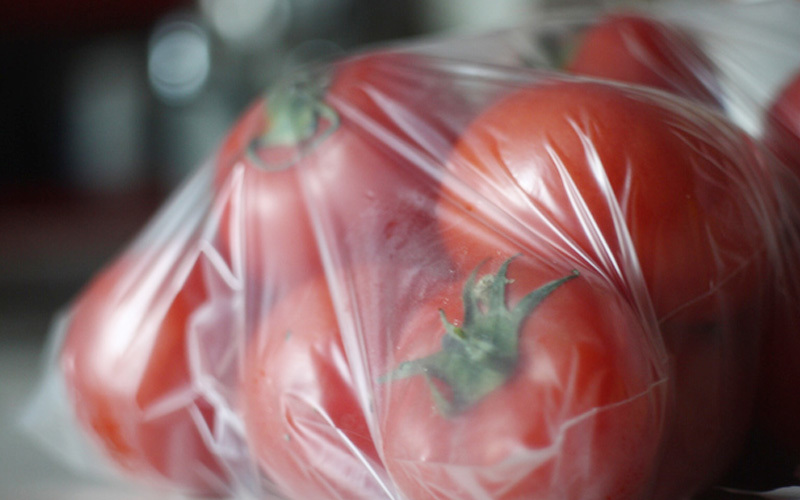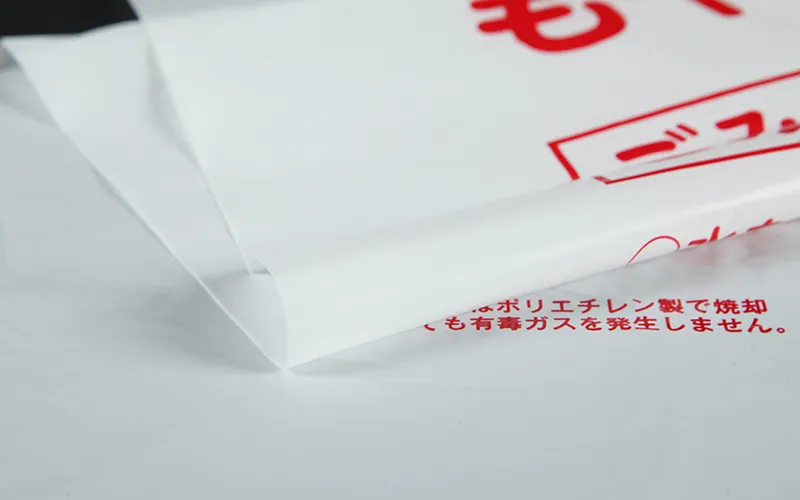What hygiene standards should supermarket food bags meet?
2024-05-22
Supermarket food bags should comply with the hygiene standards mainly include the following aspects:
Hygiene performance indicators
Evaporated residue: The amount of evaporated residue of food bags in solvents such as acetic acid, ethanol and hexane needs to be tested. This is to assess the possibility of the food bag precipitating residues and heavy metals when it comes into contact with liquid foods of different natures such as vinegar, wine and oil. Residues and heavy metals may have an adverse effect on human health, as well as affecting the edible quality of the food such as color, aroma and taste. It is generally required that the level of evaporation residue is within the specified limits.
Consumption of potassium permanganate: This indicator reflects the content of organic substances in the food bag that can be oxidized by potassium permanganate. Excessive consumption of potassium permanganate indicates that the food pouch may contain a high level of organic impurities, which may migrate into the food and cause potential hazards to human health. It is usually stipulated that the consumption of potassium permanganate should not exceed a certain value.
Heavy Metals: Mainly test the content of heavy metals such as lead, cadmium, mercury and arsenic. Heavy metals are cumulative in the human body, and even a small amount of intake may cause damage to the human body's nervous system, immune system and so on. Therefore, the heavy metal content in food bags must be strictly controlled within the safety limits.
Decolorization test: It is used to check whether the pigment in the food bag is easy to migrate into the food. If the food bag fails in the decolorization test, it means that its pigment stability is poor and may transfer the pigment to the food when it comes into contact with the food, which not only affects the appearance of the food, but also may be harmful to human health. It is required that the food bag shall not have decolorization phenomenon under the specified test conditions.
Appearance requirements
Single-film bags shall not have the use of impaired bubbles, perforations, water lines, ribs, poor plasticization, fish-eye block and other defects.
Composite film bags should be flat, no scratches, burns, bubbles, broken oil and wrinkles, heat sealing flat, no false sealing, the film shall not have cracks, pores and separation of composite layers, no impurities, foreign objects and oil and other pollution.
Specification requirements
The width, length and thickness deviation of the food bag should be within the specified range to ensure its applicability and performance stability in the process of use.
Key words:
RELATED INFORMATION
How to distinguish the material of food plastic bags?
2024-01-30
What is the difference in oil resistance of food plastic bags with different materials?
2024-01-30
What are the materials of plastic garbage bags?
2024-01-30






